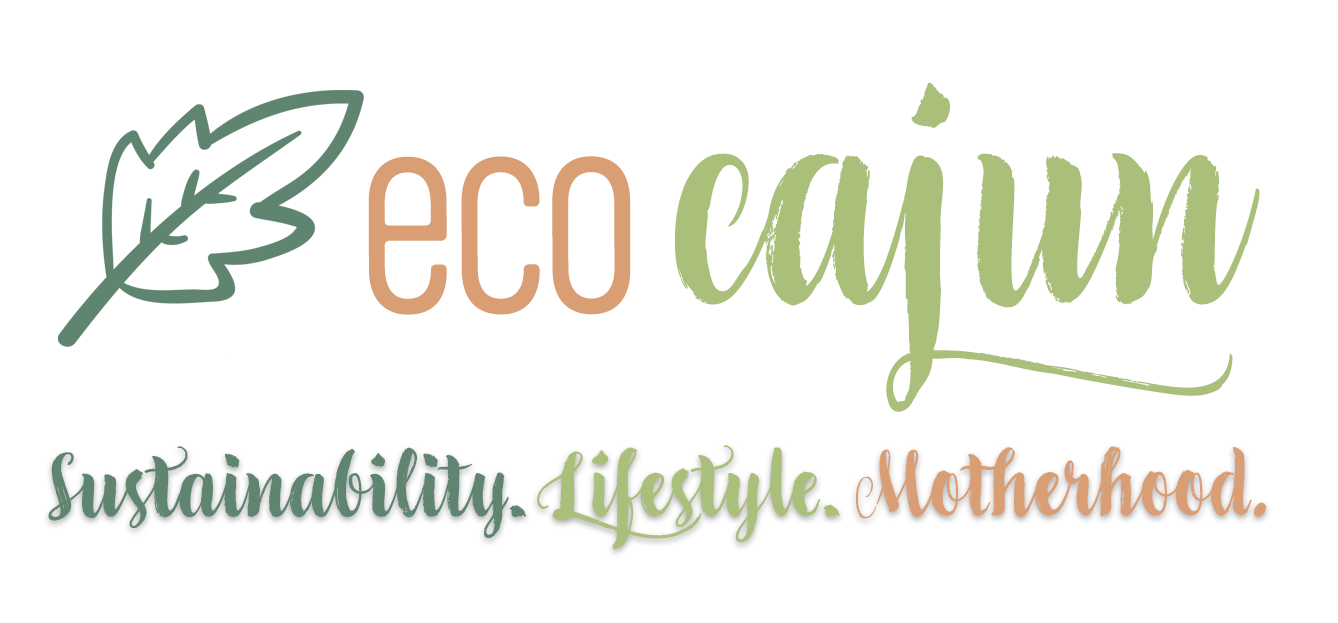My boyfriend recently purchased his first home, and one of my first tasks was to appoint myself as his green consultant. Finally, a place to practice all kinds of things I want to do, but can't in a rental!
We've been extremely busy transforming his house into his own unique home, and one of the big things we've been working on is making the place more energy efficient. Older homes are not exactly the MOST efficient homes around, but in some ways they are built better than new homes.
Insulating the house, one of the biggest elements to the efficiency overhaul, has still yet to happen. There are only so many things that can be done at once! But many of the smaller elements have been taken care of, which should ease the shock of a one-bedroom apartment's utility bill turning into a three-bedroom home's utility bill.
One of the other main elements that will help the house tremendously will be to replace the single-pane windows with some double-pane windows, which temper heat and cold a lot more and keep the inside air inside the house. (If anyone wants to donate some new windows to my boyfriend, he would love you forever!)
For the very large, very beautiful front living room window, we chose some nice thermal curtains. They add interest to the room, and help to block the light and the heat. Just ignore the fold creases in the panels - they're still brand new and I don't call myself an ironer (ironist? ironing wizardress?).
This is the morning light streaming through the open blinds, and you can see how much of a difference the thermal curtains make in blocking light and the accompanying Southern late summer heat.
Ceiling fans are a staple of any Southern home. We replaced the master bedroom and living room's existing ceiling fans with new ones that have lights on them. The living room ceiling fan is Energy Star rated and came with CFL light bulbs. But even if the master bedroom fan isn't Energy Star rated, it's still energy efficient, as it helps to cool you off in the room without having to run the air conditioner as much. The ceiling fans in each room, coupled with an oscillating fan in the bedroom, have helped keep the house comfortable over the past month, and will continue to help as we move into fan-only weather.
One way to keep the outside air out and the inside air in is to seal leaks in doorways. This happens to be an interior door (to the air conditioner unit), but we fixed each door that had slight cracks, both with these little flappy things on the bottom of the door and with sticky foam weatherstripping. (With this expertise, I'm ready to start hosting an HGTV show any day now!) Sealing cracks in doorways also helps keep critters out.
And of course, one of the easiest switches for energy efficiency - replacing standard light bulbs with CFLs or LEDs. The house's former homeowners had some kind of grand love affair with tiny candle shaped bulbs. I immediately swooped in and removed all the old bulbs and put in CFLs. One tip when you move, and you had CFLs in your old place - take them with you, especially if you put them in. When my boyfriend moved to his apartment I persuaded him to buy CFLs for the lights and fans, and they were all still good a year later, so we took them out and brought them to the new house. It saved a ton of money over having to buy all new CFL bulbs, especially since we still had to buy some.
In some cases, they give off more light than the original bulbs did, and in the other cases, they give off the same amount of light.
And in my favorite part of the efficiency overhaul, it's the item I have wanted for myself for years. This was my big housewarming gift to my boyfriend - a brand spanking new Nest thermostat. It's so preeeeettyyyyy!!!
While we (or I, at least) haven't noticed how it's affected the utility bill for a few reasons, we have enjoyed using it. I don't believe it is fully programmed yet, but my boyfriend has been enjoying the iPhone app very much. Being able to control the thermostat remotely is an amazing feature. Due to the lack of decent insulation in the house's attic, we keep the thermostat on 78-79 and the air conditioner still runs pretty regularly. Once the insulation is put in, we should be able to lower it a few degrees and have it run a bit less. The Nest also tells you if the temperature you choose is energy efficient or not so much, and displays a little leaf under the number. There are so many different ways to set the thermostat, and once you do, it begins to learn your patterns and adjusts itself as it sees you need it. But if you don't have it set and you leave home without remembering to turn the thermostat up, you can easily do it from your phone. When my boyfriend had it first installed, he spent most of the first evening excitedly showing me how he was controlling the temperature while sitting on the couch in the living room. It's the little things in life for them, right ladies?
These improvements are helping to make the new house more of a comfortable, energy-efficient home, and should also help bring the utility costs down to a less scary level. I also can't wait for the insulation work to be done and then we can really sit back and enjoy his comfortable home.
I'll do some more features in the next few weeks on other ways I (and others) have helped to make his home a green one!










3 comments
Great post, Caitlin! My brother uses a Nest thermostat and loves it.
Thanks Blake! How long has he had the Nest? I'd love to see how much it's lowered his utility bill!
A very appreciable attempt, I would suggest more use of timber in house making as Timber is the only building product that is 100% renewable, biodegradable, and requires zero energy consumption to grow, has no harmful or hazardous by-products, and every part of the tree is used so there is no physical waste.